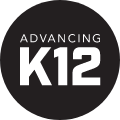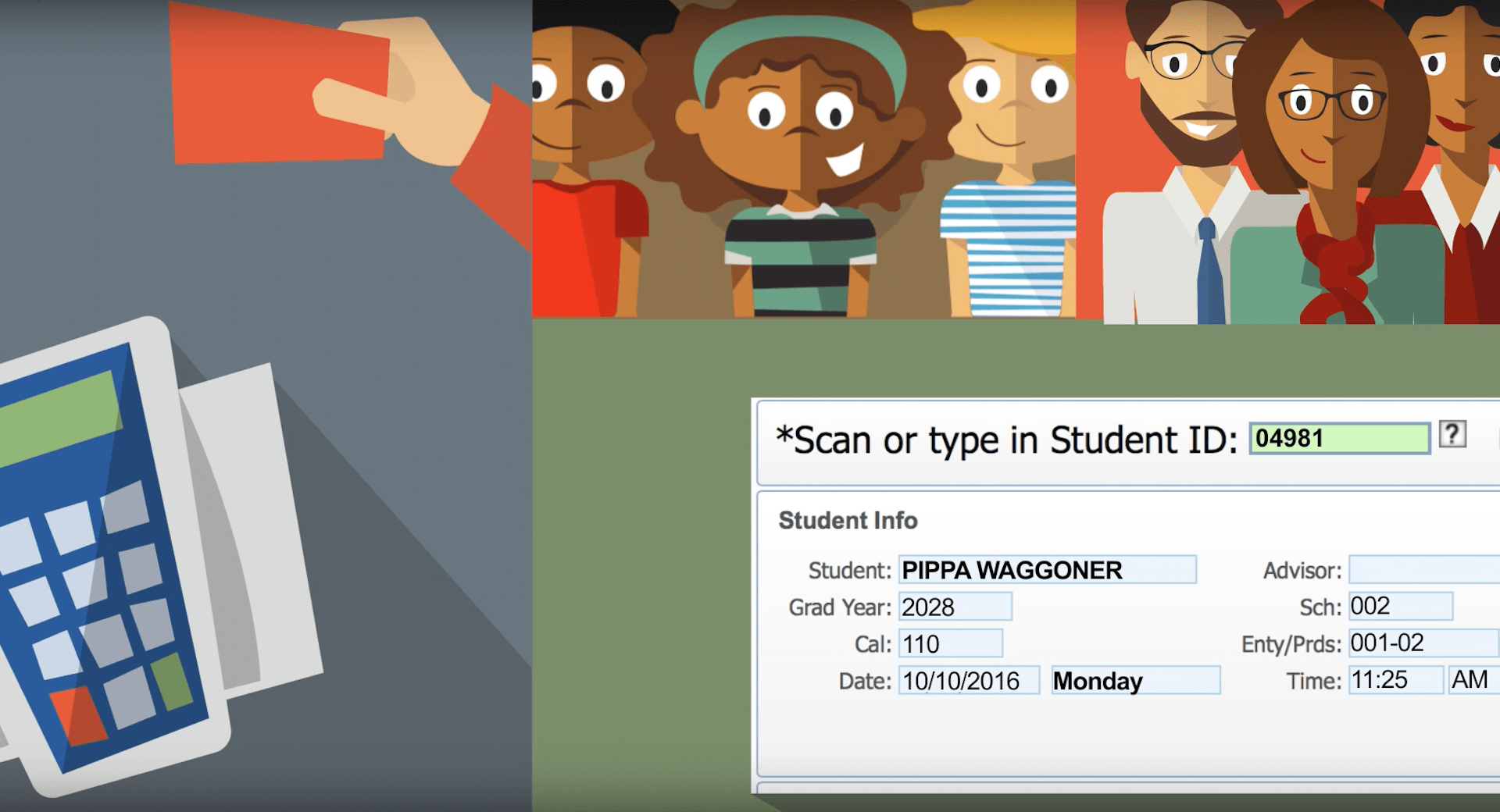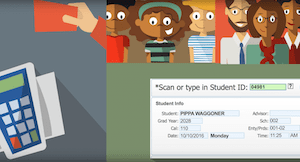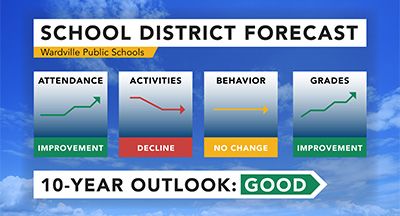When Teachers Don't Take Attendance
#Culture
Advancing K12 Staff
by
Advancing K12 Staff

|
Advancing K12 Staff Edtech Thought Leaders |

|

|

|
 |
It's almost unfathomable to those of us who grew up waiting for our turn in the alphabet and correcting our substitute teachers' mispronunciations, but the next generation of students may not even be able to relate.
A small - but growing - movement is shaking up what we know about attendance, transferring ownership of the process from teachers to students. It’s a practice known as “positive attendance,” and it could very well be the harbinger of a more efficient, student-centered school day.
Positive attendance can take many different forms, but the gist of it is this: instead of proceeding under the assumption that all students are present unless otherwise marked by the teacher, each period starts with a blank slate and students are only recorded as present for a given class or activity when they check in to the room.
Three of the most prominent benefits attributed to this approach include a measurable boost in instructional time, a more personalized learning environment, and a positive impact on student safety. Here’s what that looks like in practice:
1) Increased Instructional Time
Longer school days, more school days, and fewer closures... When we talk about maximizing instructional time, these are the proposed solutions you’re most likely to encounter. But positive attendance offers schools a chance to chip away at wasted time without touching the calendar.Most implementations of positive attendance utilize some form of keypad, kiosk, or scanner for students to check in. Because this happens during the preexisting downtime before class starts, teachers can step right into the day’s lesson when the bell rings. These are incremental savings on a day-to-day basis, but they add up over the course of a school year.
The practice is still in its formative years, but early returns are eye-opening. Districts have reported thousands of recovered instructional hours, adding up to hundreds of thousands of dollars saved when teachers' time is considered.
Since the cost to implement positive attendance is relatively low (typically, all you need is the hardware and a compatible SIS), we expect it is only a matter of time before this “trend” becomes a mainstream approach.
2) Alignment with a Student-Centric Culture
For many of the earliest positive attendance adopters, the change in practice has always been about culture first. John Reiels is the director of technology at Nicolet High School, where students were initially offered one flexible “resource period” per day. When discussing how positive attendance fits into Nicolet’s pursuit of a more personalized learning environment, he raved, “They love the freedom of it… The vast majority of our kids make really good choices and leverage that time.”One key to implementing a positive attendance system is to lead with culture, rather than plugging in some machines and hoping for the best. Keep kids and staff closely involved to see the maximum impact on students' time management and ownership in their learning.
You can’t turn around in the K-12 space without running into another conversation about personalized learning. The natural evolution of this focus on personalization will extend to non-instructional responsibilities. In that context, positive attendance is not unlike student-centered scheduling practices or discipline processes based on student accountability.
3) An Added Layer of Student Safety
One of the indirect benefits of the positive attendance model is the power of knowing where students are at any given point in the day, as opposed to where they should be. Because students are physically checking in to a particular room, there is no need for office staff to track down where they might have gone instead. In the event of an emergency, those minutes can be precious.Some edtech leaders I’ve spoken to have thrown out intriguing theoretical applications of the strategy, including the potential for adding positive attendance kiosks to key rendezvous points for mass evacuation situations. Given the success of Facebook’s Safety Check feature, this strategy could help school staff provide accurate information about a student’s whereabouts to parents during a crisis, significantly reducing the panic and confusion of an already scary situation.
School buses are often spoken of as the next frontier for positive attendance. There are numerous benefits to knowing who made it on to (and off) the bus on a given day. It’s not hard to follow this thread to a world where missed stops don’t happen and the bus driver’s memory isn’t our only resource when a student fails to show up to where they’re supposed to be.
The Most Common Concern
In every positive attendance presentation I’ve sat in on, the first question asked is always the same one: “What about the students who will try to game the system?”The concern is easy to understand. After all, a student could conceivably check in to one location, turn around, and leave, right?
The answer to the question, regardless of presenter, has also been consistent. The students who try to play fast and loose with positive attendance are the same ones who were causing problems under the traditional model. The change has not increased the number of incidents; it’s merely forced that very small percentage of students to find a new way of exploiting the system. You’ll never root that out entirely, but it is something you can guard against.
Many administrators have asked teachers to review their attendance check-ins during the class period as an additional check and balance. Rather than spending class time working their way down a list, this safeguard entails only a quick glance to confirm that the students who aren’t in class haven’t claimed otherwise. Again, this will typically be a very small group, and it won’t take long for teachers to catch on.
A Positive Trend
Positive attendance is a minor investment with immediate, quantifiable ROI. It gives teachers the little bit of added instructional time they need to do more with their lessons. It is aligned with the universal student-centric push in K-12, while also promoting responsibility and accountability at a time when the average student is undergoing similar changes in his or her personal life. If that’s not enough, the approach even sits at the focal point of future-ready student safety initiatives.The behind-the-scenes processes and procedures in our schools have received less attention than curriculum, testing, homework and other, more public-facing topics. As school leaders catch on to the benefits of modernizing administrative tasks, those days may be coming to an end. Positive attendance – the low-risk, high-reward alternative to the “Bueller” approach – offers a great starting point in almost any situation.
For further exploration of attendance strategies, check out The Carrot and the Stick: Two Treatments for Absenteeism.

|
Advancing K12 Staff Edtech Thought Leaders |
|
|

|

|

|
 |










